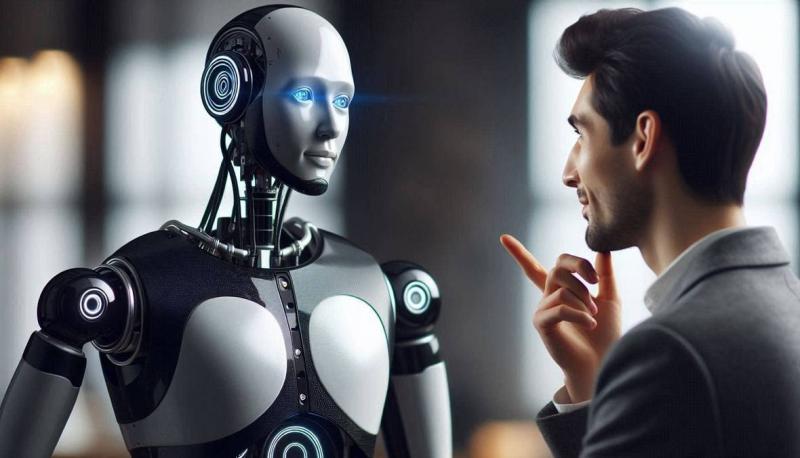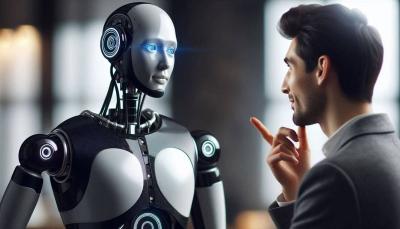In an impressive development, a team of Chinese scientists has created a new system that enables humanoid robots to express emotions more realistically and accurately. The innovation, developed in collaboration between Hohai University and Changzhou University, relies on an innovative two-stage method that allows robots to generate complex and natural facial expressions, enhancing human interaction with these machines.
The system utilizes generative intelligence, producing detailed models of facial expressions, which the specifically designed robot learns to mimic. This approach has allowed the robots to successfully perform specific facial expressions, showcased at the annual meeting of the Chinese Association of Science and Technology and published in the IEEE Transactions on Robotics.
Traditionally, humanoid robots encounter challenges in showing emotions due to a limited number of motors in their faces compared to the multiple muscles in the human face. However, Chinese researchers, in collaboration with scientists from the University of Manchester and the University of Leicester in the UK, utilized Action Units (AUs) to identify individual muscle movements and improve facial expressions.
They developed an AI system capable of creating robotic facial expression images guided by AUs, which were then converted into motor commands for the robot. The system considers the physical constraints of the robot's motors, allowing for richer expressions and smoother transitions.
This new process opens the door to broad applications for humanoid robots in fields where displaying emotions is important, such as elder care and education.




